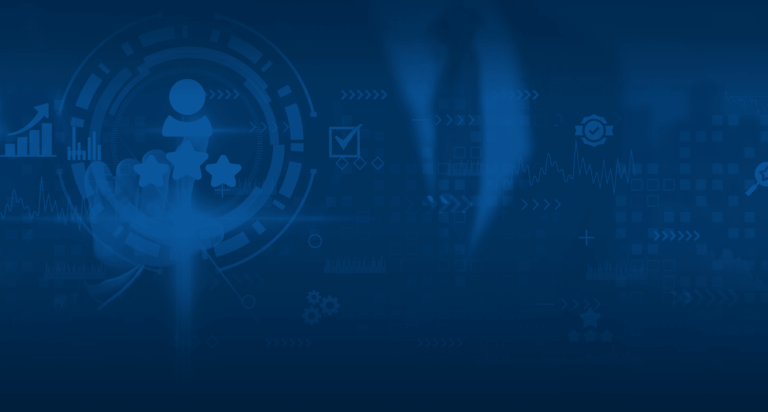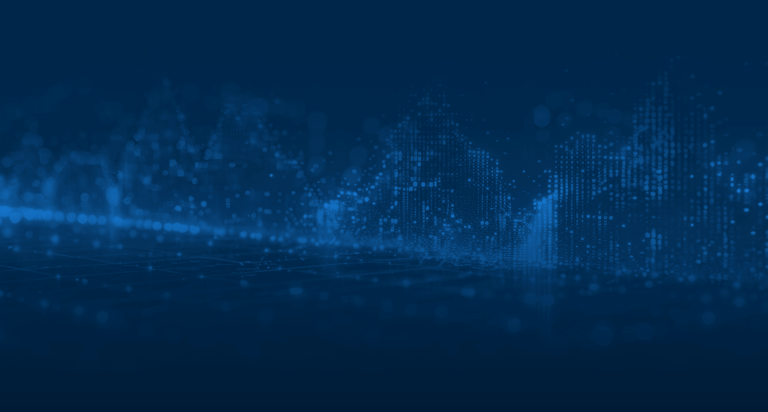
Multi-factor Authentication for contact centers helps secure the vast amount of customer data that is utilized daily. Since contact centers contend with large amounts of customer data daily, it is imperative to implement extensive security measures, such as MFA. Whether your contact center is processing credit cards, wire transfers, or social security numbers, it is imperative that proper security measures are taken to secure this information. This is where multi-factor authentication (MFA) comes into play.
What is Multi-factor Authentication (MFA)?
Multi-factor Authentication is a security measure involving at least two authentication methods. These security methods will identify or authenticate a user’s access to various digital formats.
Some examples of MFAs that can be used are security questions, fingerprints, or SMS text messages (one-time passwords (OTP)/PINs). These types of MFAs allow users multiple layers of security, making it harder for hackers to access sensitive information.
Without implementing MFA as a primary security feature, hackers can easily gain access to employee credentials and private data. Once inside a contact center environment, they can steal sensitive information and use it maliciously, eroding customer trust and forcing the organization to develop costly remediation plans to correct the security breach.
A History of MFAs
It all began with the start of a password.
You needed a password to log on to a system, or what is now called applications. A password with a basic set of requirements. Such as eight characters, one uppercase letter, one lowercase letter, one number, or one symbol; and then you created a login or username that was unique to the user.
Strictly speaking, at that point in time, MFA was only about something you know.
Issues arose because usernames and passwords were hard to remember and could be readily guessed by someone who was not the user. Mainly because most users used the same or similar passwords across multiple accounts – including their work and personal accounts. Password security questions could also be guessed and were forgotten just as easily as a simple password. Users often used USB drives, which could be easily lost or stolen before they realized they were missing.
By only utilizing that one security level, hackers could easily uncover users’ personal information, and before the user knew they were compromised.
Then MFAs took security measures to another level by using authentication methods that dealt with physical objects – something you have, in conjunction with something you know.
The basic MFA features include cell phones, credentials (Common Access Card (CAC) or Personal Identity Verification (PIV) card). Using one of these physical security measures adds another level of security to a system, making it difficult to breach.
Multi-factor Authentication for Contact Centers in the Modern Day
Modern-day MFA security features tie in something you are with something you have and something you know. Technological advancements have put out verification features to prove that you are who you say you are. Some of the latest MFA security measures include fingerprints, biometric eye-scanning, or facial recognition.
These security measures constantly adapt as new technologies emerge and hackers become more creative in their attacks and methods of obtaining sensitive information to breach a system.
New MFA authentication methods are evolving to include how users authenticate themselves when logging into a system. Some features include logging in from an unusual location, logging in at an unusual time, or using a different device. This is helpful because a user may always log in to a system around the same time in the exact location every day. However, if a hacker can bypass all other layers of MFA authentication and attempts to log in from somewhere on the other side of the world, they will not be able to gain access to whatever system they were trying to breach.
Best Practices for Call Center Authentication in High-Volume Environments
Protecting high-volume contact centers requires more than basic login credentials. As call centers face increasing threats from fraudsters, deepfakes, and unauthorized access attempts, robust authentication measures have become essential to protect sensitive customer data and meet customer expectations.
Here are the key best practices to implement across your global contact center operations:
- Layer Authentication Protocols: Combine active verification (like IVR PINs) with passive methods like behavioral analytics and voice biometrics. This adds an additional layer of security while maintaining a seamless user experience.
- Adopt Passwordless Authentication: Replace knowledge-based methods (like answering security questions) with passwordless authentication, including biometric authentication solutions and AI-powered verification methods.
- Streamline Caller Verification: Deploy technologies that reduce authentication time while verifying caller identity. Integrating CRM systems and contact center platforms allows agents to quickly prove the identity of callers without disrupting the flow of customer interactions.
- Align with CX Priorities: Authentication should enhance customer satisfaction, not frustrate it. Optimizing for security and customer experience (CX) simultaneously builds trust with the world’s best brands.
Implementing multi-factor authentication for contact centers using these strategies ensures your business services meet compliance needs, prevent fraud, and deliver a secure, user-friendly customer contact experience across global operations.
What Are Some of the Current MFA Methods Used at Contact Centers?
Many MFA methods used at contact centers include usernames and passwords in addition to phone calls. Employees can receive a phone call at their workstation for verification purposes or get an SMS message sent to them through an authenticator app.
In some contact centers, there are areas, or enterprise-wide policies, that restrict the use of cellular devices. This can often be one of the biggest challenges of using MFAs in your contact center. It would be essential to decide how MFA authentication should be used. Whether you would have your employees use a landline, an authenticator app, or a credential (CAC or PIV).
How to Apply Multi-Factor Authentication for Contact Centers
Multi-factor authentication (MFA) can be implemented across access points within your contact center to protect sensitive data and maintain compliance.
If employees access corporate email accounts, MFA should be required on all devices used to log in. The same authentication protocols should apply when accessing contact center systems or client environments. MFA usually combines multiple factors such as a username, password, RSA token, or one-time passcode (OTP) sent via email or authenticator app.
Adding an additional MFA layer does not slow down operations when implemented strategically. Create a policy that applies MFA at the system level, enabling users to securely access multiple approved applications through a single verification process, reducing repetitive logins and improving efficiency and protection.
By integrating MFA into every level of your contact center’s infrastructure, your organization can maintain smooth workflows, strengthen data security, and protect the trust of every customer you serve.
Steps to Rollout MFA Measures Within Your Contact Center
1. Secure executive buy-in.
Start by presenting your proposed MFA implementation plan to decision-makers and operations leaders. Emphasize how multi-factor authentication enhances security without disrupting productivity.
2. Establish a clear rollout plan.
Once approved, implement your MFA policy in phases, either user-by-user or through an enterprise-wide launch with a defined activation date.
3. Provide training and resources.
Develop a training program and user guide outlining MFA procedures and acceptable authentication methods. Make sure employees understand how to use MFA tools effectively.
4. Define authentication frequency.
Decide whether users will authenticate once per session, daily, or at every sign-on attempt. Set clear expectations to maintain consistency and compliance.
5. Set a transition timeline.
Give employees a defined window to enable MFA and complete setup before the policy becomes mandatory.
6. Document compliance.
After implementation, require users to acknowledge and adhere to MFA procedures through a signed user agreement or policy acknowledgment.
Why it matters:
As cyber threats grow increasingly sophisticated, MFA is essential for protecting the sensitive data that contact centers handle daily. Implementing a strong authentication strategy safeguards your customers, strengthens trust, and ensures your business remains compliant and secure.
Strengthen Your Contact Center Security with DATAMARK
Security and customer experience must evolve together. DATAMARK’s contact center solutions integrate advanced authentication tools, compliance expertise, and CX best practices to safeguard your data and maintain customer trust. Contact us today to learn how we can help you implement secure, efficient authentication processes across your contact centers.
Visit DATAMARK.net to explore our full range of contact center security and outsourcing solutions, and follow DATAMARK on LinkedIn for insights on data protection and CX innovation.





